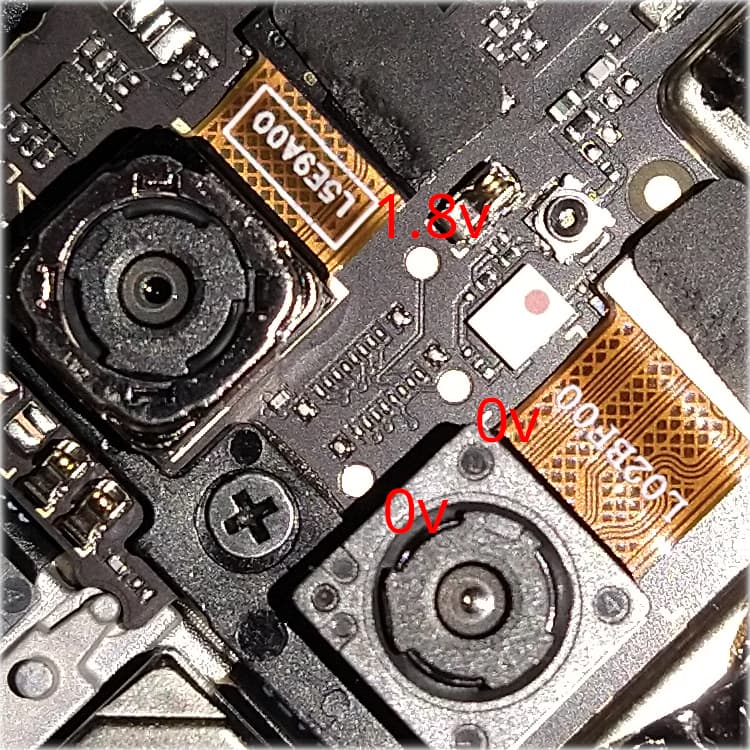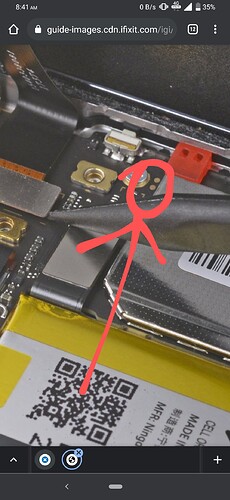Hi,
I have a Motorola Moto G 5G Plus, model code XT2075-3. I was glad to try out /e/ on it as it’s supported and I bought it with the purpose of running /e/.
This is the first time I’m flashing a custom rom. I follow the guide provided to install /e/, allowing the bootloader to be unlocked in the system settings, unlocking the bootloader, flashing recovery, going into the /e/ recovery and side-loading… all is well.
I run the system, all is well, I setup things nicely.
Then I reboot and I still see the message about how the system isn’t protected on the bootloader level. “Huh. Let’s correct that.” I go back to system settings, disallow unlocking the bootloader, and it tells me the system needs to be rebooted to re-enable the safety features. Reboot, still I get the message about how the bootloader isn’t locked. Ok, let’s lock the bootloader! And so I do. A reboot later and…
“No valid operating system could be found. The device will not boot.” Uh oh. So I begin to sweat bullets. I look around, find it’s possible to flash a stock firmware without unlocking the bootloader, and so I try through fastboot, to no avail.
Now my phone boots to fastboot by itself, according to the bootloader log because “UTAG bootmode configured as fastboot”. Trying to use any option of fastboot (Start, Recovery Mode, Restart Bootloader…) sends it back to fastboot. I suppose this is a Recovery thing…
Trying to boot a stock recovery.img without flashing it doesn’t seem to work either.
In hindsight, keeping the option to unlock the bootloader again would have been a saving grace. However hindsight being 20/20 as always…
So the bootloader is locked, can’t be unlocked with the code anymore, and there’s no recovery mode accessible. Are there any options left for it, or did my ignorance make it an unrecoverable paperweight?
This is not my primary device, I can do pretty much what I want with it and there’s no important data or contact list on it, so I’m at no risk if I cannot get it back in working condition. I understood the risks and this is of course squarely on me. If there’s however a way to get it back to at least stock, that’d be awesome!
Best regards,
Awilen.
Regain your privacy! Adopt /e/ the unGoogled mobile OS and online services

